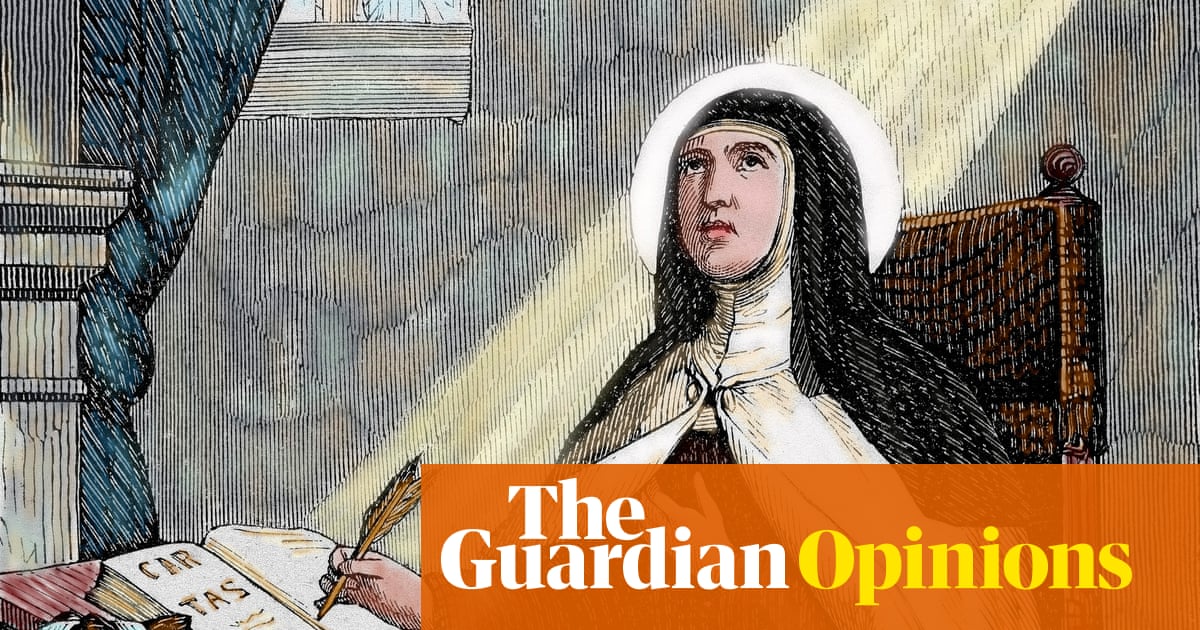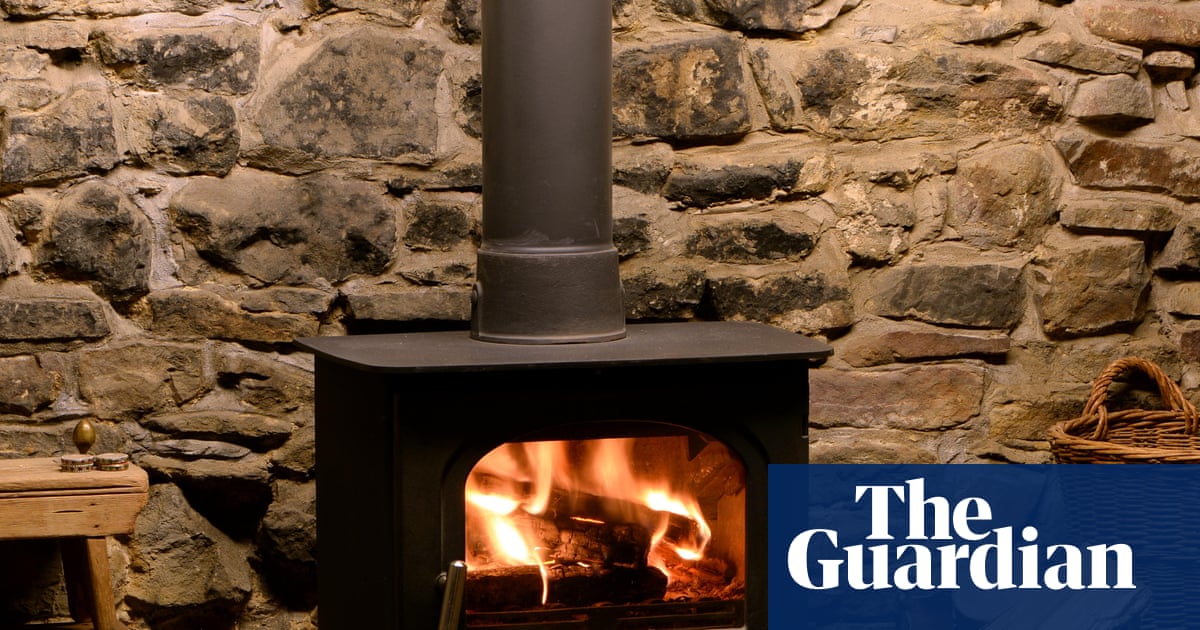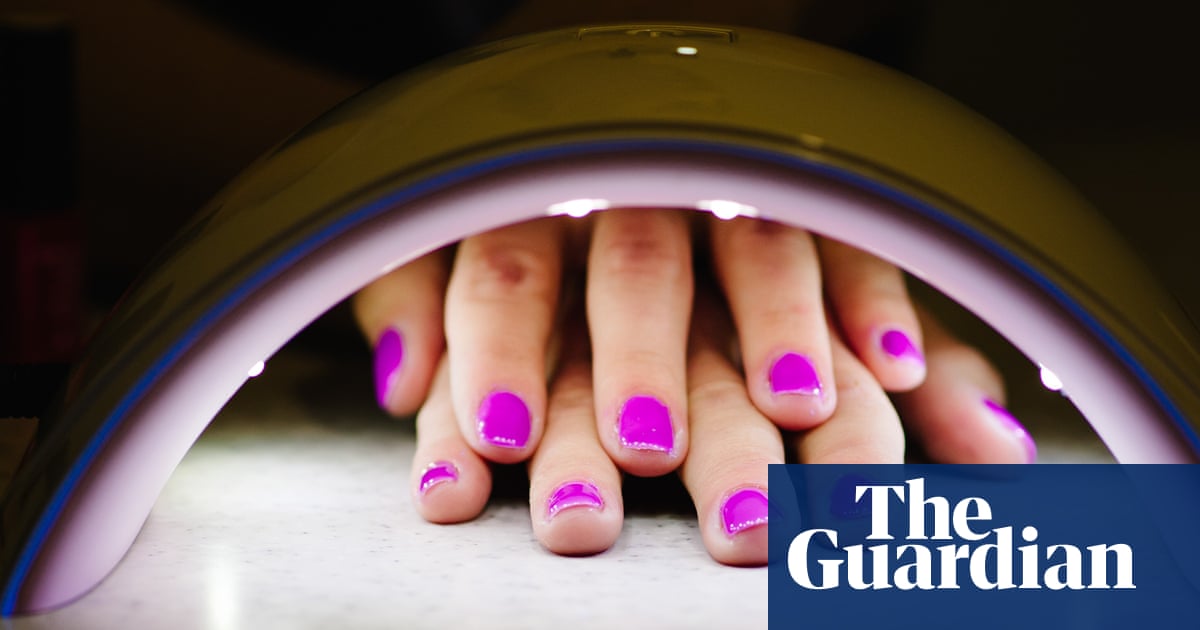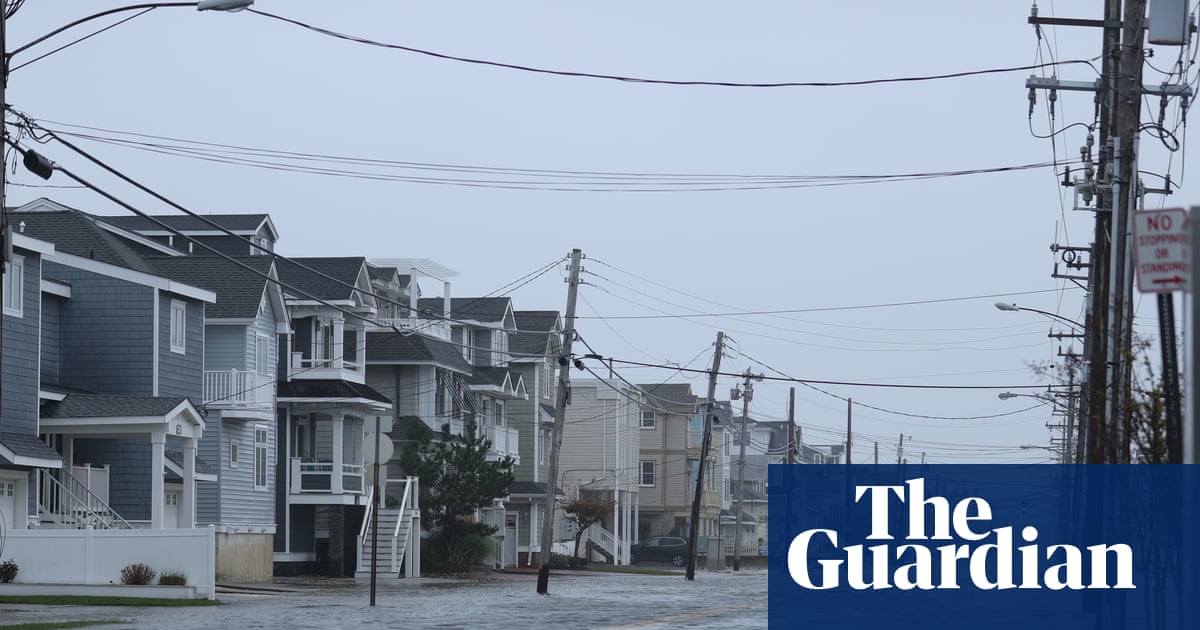It started as a trawl of dusty archives for an academic project about female Irish emigrants in Canada and the US by two history professors, a worthy but perhaps niche topic for research.
The subjects, after all, were human flotsam from Ireland’s diaspora whose existence was often barely recorded, let alone remembered.
They were impoverished girls and women who wound up on the wrong side of the law and lived and died in penury, footnotes in the mass migrations to New York, Boston and Toronto in the 19th century.
But the two academics who mined police, court and prison archives for this hidden world of female crime coined a term, Bad Bridgets, that evolved into a hit podcast, a book and now a Hollywood film.

Margot Robbie’s production company announced this week that it is turning the stories into a feature that will star Daisy Edgar-Jones and be directed by Rich Peppiatt, who made the film Kneecap.
“This is a new world for us,” said Elaine Farrell, who lectures at Queen’s University Belfast. “The number of messages and emails we’ve had from people just saying this is amazing and brilliant news – it’s been lovely.”
Her collaborator Leanne McCormick, of Ulster University, welcomed the transition to screen. “It’s hard handing over your baby, something we’ve worked on for a very long time, but at the same time it’s really exciting seeing how people who have expertise that we don’t have take what we’ve created and make it something else and something different.”
The film casts Edgar-Jones, who made her name in Normal People, and Emilia Jones, who starred in Coda, as sisters who leave famine-stricken Ireland to escape an abusive father, poverty and hunger. In New York they enter the shadow world of “Bad Bridgets” – sex workers, thieves, drunkards and killers.
Peppiatt and his Kneecap producer Trevor Birney optioned the historians’ book, Bad Bridget: Crime, Mayhem and the Lives of Irish Emigrant Women, and will collaborate with Robbie’s production company, LuckyChap.
The Oscar-winning production designer James Price and the costume designer Kate Hawley will work on the film which is to begin shooting in Ireland and Northern Ireland next year.
“I’d like to think we’ll have loads of influence over the film, but I suspect not,” said Farrell. “It’s slightly scary because you’ve got your set ideas as historians, we think of things in particular ways. So there’s a bit of letting go.”
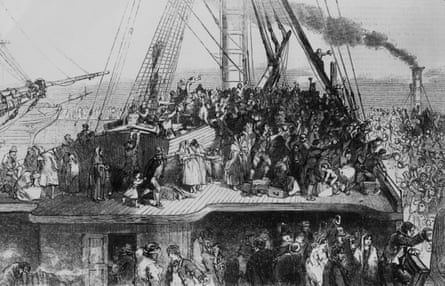
McCormick said they had trusted Peppiatt, a former tabloid reporter garlanded for Kneecap, his semi-autobiographical film about the rap trio of that name. “We’ll leave the film up to Rich. He is the expert and he has amazing ideas so we’re really looking forward to seeing how it turns out.”
The original academic project, funded by the Arts and Humanities Research Council, unpicked the conventional narrative that female Irish emigrants were domestic servants, cooks, wives and mothers with reputations for diligence and rectitude.
In the 1860s, Irish people made up about a quarter of New York’s population but Irish men comprised half of the male prison population and Irish women 86% of the female prison population. A survey of 1,238 foreign-born sex workers in the city found that 706, just over half, were Irish.
The research uncovered individual stories, such as that of Ellen Price, who was described as appearing in a Toronto court in 1865 “drunk as usual, with a flaming red feather in her hat”. Led away to prison, she launched into a chorus of Rocky Road to Dublin.
Margaret Brown, a pickpocket known as Old Mother Hubbard, tried to escape from a Chicago prison in 1877 by tying bedsheets together but fell and was badly injured. Lizzie Halliday, originally from County Antrim, was convicted of multiple murders and became the first woman sentenced to die in New York’s electric chair, but the sentence was commuted on grounds of insanity.
Fans of the book and podcast, which has just launched a second season, valued learning about this side of the Irish emigrant experience, said Farrell. “It wasn’t all good wives and mothers and nuns or teachers. There’s a slightly darker side. I don’t want to meet those women but I love that we can see their strong attitudes and their defiance.”
The historians hope aspects of their “favourite Bridgets” will end up on screen but in the meantime they will continue researching and teaching. “The talk of premieres and all that is really exciting but we still have to do our day jobs,” said McCormick. Even so, they could dream of glitz, Farrell joked. “That’s our main concern, you know, what we’ll wear for the red carpet.”

 3 weeks ago
21
3 weeks ago
21




